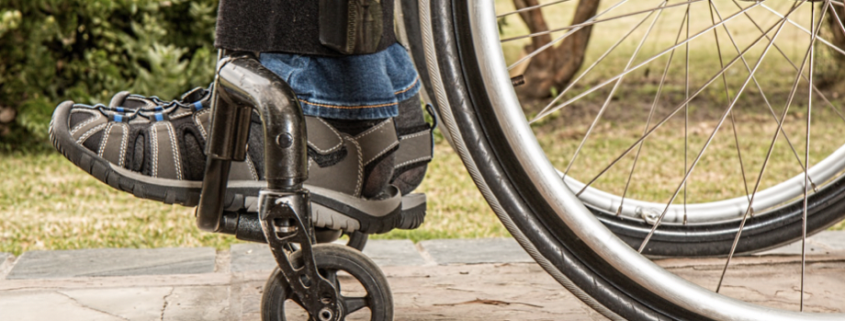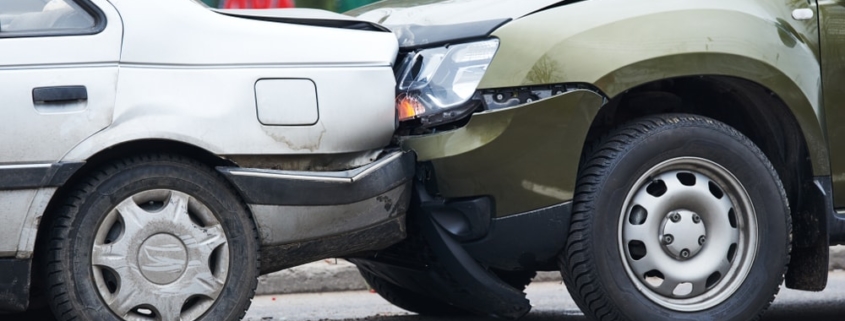Getting Your Rightful Dues: The Difference Between Personal Injury and Catastrophic Injury
Nobody wants to deal with the aftermath of a personal injury, especially in the legal sense. But what may seem like a not-so-worthwhile attempt to seek damages for an injury may be substantially worth the injured’s time. This is especially the case if the personal injury is qualified as a catastrophic injury.
But what’s the difference? What makes an injury “catastrophic?”
If one has experienced a personal injury in Aurora, Colorado, one may probably wonder what their legal options are. The first step in seeking wrongful injury compensation is to distinguish whether the injury is personal or catastrophic.
The Difference Between Personal and Catastrophic Injury
The biggest difference between personal and catastrophic injuries is the range of damage and disability.
A personal injury can be defined as an animal bite or a broken ankle from a neglectful accident. A catastrophic injury could be defined as a spinal cord injury that requires lifelong special care.
While a personal injury can be traumatic and costly in the medical or emotional sense, a catastrophic injury is, no matter how one looks at it, substantially worse. A personal injury is a type of trauma that affects health in short term. A catastrophic injury is often lifelong, results in disability, and requires the injured to receive costly medical care for life.
Due to the severity between the two, there is quite a vast difference in legal action that one may take. A personal injury lawsuit can result in damages paid for medical costs accrued for the injury as well as compensation for mental trauma. A catastrophic injury lawsuit can result in damages paid for medical costs accrued, future medical costs for lifelong care, and additional compensation. Catastrophic injury lawsuits are difficult to win, but they are not impossible.
To make it clearer on the lines between personal and catastrophic injuries, let’s look at some of the common differences.
Common Personal Injuries
Car Accidents
This is probably the most common personal injury that people think of, and they are indeed the most common personal injury case in the United States. Since car accidents are often the result of one or more parties not driving carefully, it’s typically easy to hold the careless driver financially responsible for the injured person’s injuries.
Medical Malpractice
Medical malpractice occurs when a doctor or other health professional fails to provide a patient with adequate, skillful care and results in a patient’s injury.
Medical malpractice is not exclusive to personal injuries and can be the cause of catastrophic injuries as well. These cases are notoriously difficult to win, but certainly not impossible.
“Slip and Fall” Cases
In the case of slipping and falling on a particular property, one can seek damages for an injury caused by the recklessness and safety neglection of a property owner.
Animal Bites
In a vast majority of cases, an animal’s owner is held personally responsible for medical costs accrued for an injury resulting from an attack from said animal. Laws surrounding animal bites vary from state to state.
Common Catastrophic Injuries
Traumatic Brain Injuries (TBI)
TBI can be caused by bike or pedestrian accidents, medical malpractice, and many other factors. TBI can result in debilitating cognitive and emotional problems that are lifelong.
Spinal Cord Injuries
This is the most common type of catastrophic injury and usually result from car accidents, falls, and trampoline accidents.
Amputations
This devastating catastrophic injury changes the patient’s physical and emotional life. Damages for such an injury could include proper prosthetics and long-term medical care.
Blindness or Deafness
Blindness and deafness as a catastrophic accident often occur as the result of medical or parental negligence. Loss of income and emotional distressed are just a few damages one could seek for such an injury.
Disfigurement
Disfigurement can be the result of medical malpractice or an intentional attack, and damages will likely include emotional distress.
Severe Burn Injuries
A severe burn injury could require long-term care as well as additional surgeries. Skin graft operations for severe burns often result in disfigurement catastrophic injuries as well. Many burn injuries are caused by the negligence of another party.
Organ Damage
Organ damage often results from physical trauma, either from car accidents or internal bleeding caused by medical malpractice.
Multiple Bone Fractures
A common result of car accidents, multiple bone fractures will often require multiple surgeries and result in loss of income.
Exposure to Toxic or Hazardous Chemicals and Substances
Exposure to dangerous chemical is often the result of workplace negligence in factories.
Personal injury and catastrophic injury are both very serious and undesirable positions to be in. You have the right to seek compensation and justice for the trauma you experienced, and the talented attorneys at Alhasoon, Glidden & Glidden are available to take on your case. You don’t have to go it alone, contact us today!




